American Giant Spent A Year Creating This T-Shirt
For an entire year, Michelle Allen, American Giant‘s director of design and merchandising, has been sampling hundreds of fabrics in the hope of creating the perfect T-shirt. She’s been rifling through materials, draping cloth, and designing prototypes—which she then tested on dozens of subjects. “She told me that she was staking her entire career on this T-shirt,” says Bayard Winthrop, the company’s founder and CEO.
This kind of devotion to a single item of clothing might seem a little crazy, but it’s not out of the ordinary at American Giant. When Winthrop launched the brand in 2012, his goal was to create the best hoodie in the world. He scrutinized every single element of a hoodie—the fabric, the design, the hardware, the sewing—and tried to create his own version that he hoped would excel in every way. The critics thought he succeeded. Farhad Manjoo, writing in Slate, famously called it “the greatest hoodie ever made.”
But once you’ve received this kind of praise, it sets the bar pretty high for any other products you might try your hand at. “We sort of set a standard for ourselves with the sweatshirt,” Winthrop says. “We now feel like we owe it to our customers to exceed that expectation.”
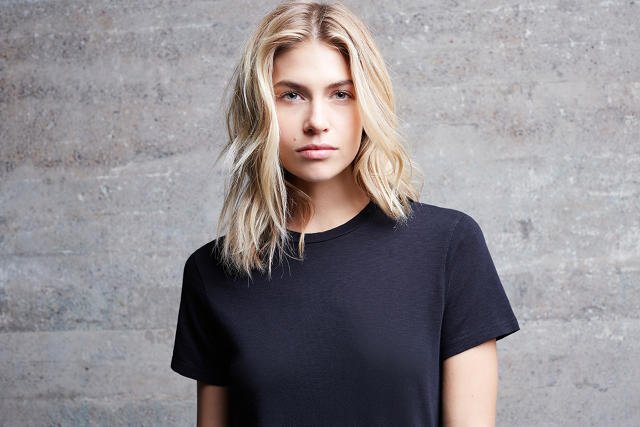
American Giant has made shirts for several years, but a year ago, it embarked on an effort to create a premium T-shirt. Much like a sweatshirt, a T-shirt seems like a fairly basic item of clothing. But Winthrop says that when you look at the details and nuances, things begin to get complicated. “At first glance, there’s not a whole lot going on or a lot of hardware to think about,” he says. “But doing something that is genuinely unique and special is both a design and manufacturing challenge.”
Finding the right fabric was a huge task. Winthrop and his designers scoured the world to find cloth that felt substantial, but was still light. They settled on a high-end slub material, but they had to spend time ensuring it wasn’t transparent. Then there was the issue of fit. A T-shirt can sometimes have a strange drape or torque if it isn’t sewn correctly. The team developed an extra seam at the back of the shirt, which adds an interesting design, but also ensures that the fabric doesn’t bunch up or fall in an ugly way. This entire process involved creating many different prototypes that were tested on dozens of people. “We wanted the shirt to look good on different body types,” he says.
But Winthrop makes it clear that it’s not necessarily supposed to be fashionable; it’s supposed to be classic and last forever. “I’ve been overwhelmed by this fast fashion approach to clothing, which may achieve a certain amount of timeliness and on-trend—but to do that sacrifices so much quality,” he says.
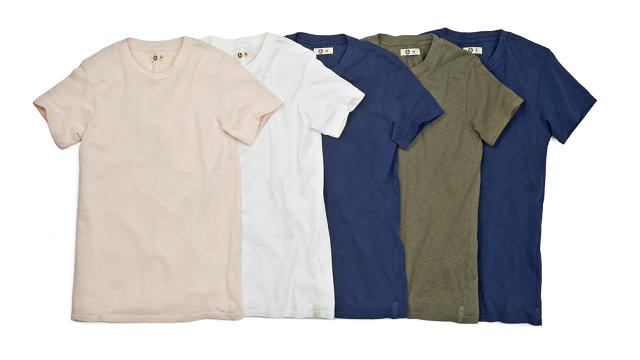
American Giant worked with mills to create the exact slub texture they wanted, with exactly the right yarns and knits. The company has its own factories in North Carolina where the sewing is executed. Winthrop says this has been crucial in helping the company create these shirts. “People think that sewing is a thoughtless process, but every sewer actually has their own unique qualities,” Winthrop says. “It takes time to communicate the spirit of a shirt to them.”
Winthrop makes regular visits to the factories, so he is able to speak to the sewing crew in person to clearly articulate his vision to them. It also means that he was able to turn around the first group of shirts in a matter of months, which is much shorter than it would take if the factories were overseas.
The end result is a cotton shirt that manages to feel light, but substantial. The material looks airy, but is thick enough that it doesn’t require an undershirt or a camisole. It also falls nicely off the shoulders, achieving the drape that Allen worked so hard to create over the last year. It’s available in a range of colors for both men and women; v-necks and crews cost $34.50.
“I don’t really care whether customers know that our shirts were made in America,” Winthrop says. “I just want them to feel that someone was paying attention when they were making it.”
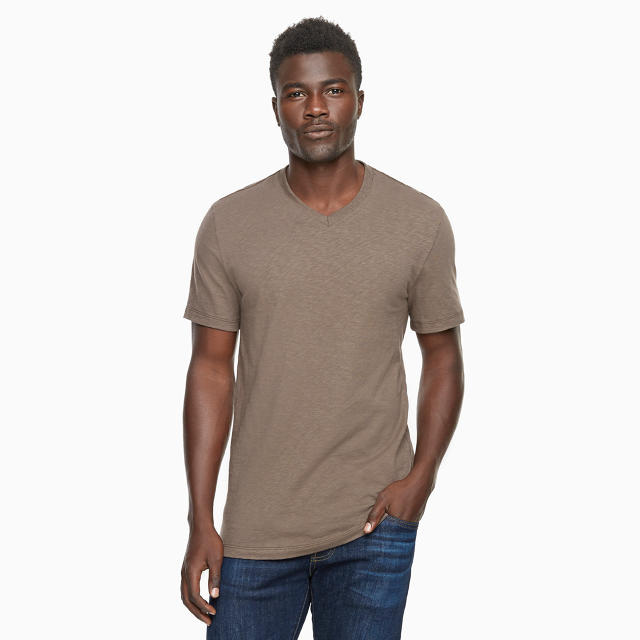
How Levi’s innovates denim jeans
“I don’t really care whether customers know that our shirts were made in America.”
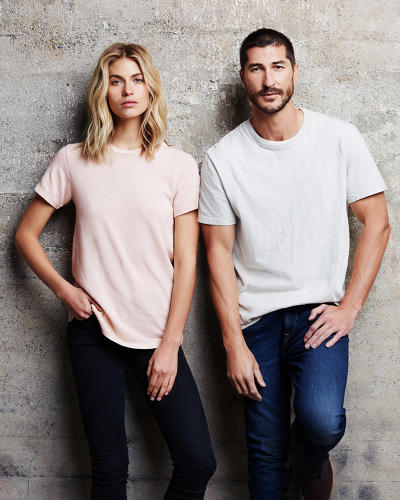
“She told me that she was staking her entire career on this T-shirt.”
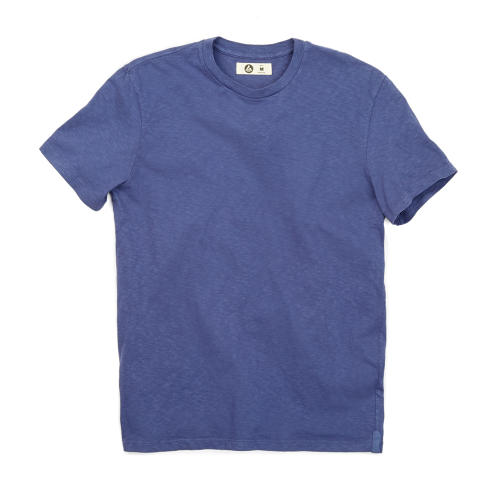
“We sort of set a standard for ourselves with the sweatshirt. We now feel like we owe it to our customers to exceed that expectation.”
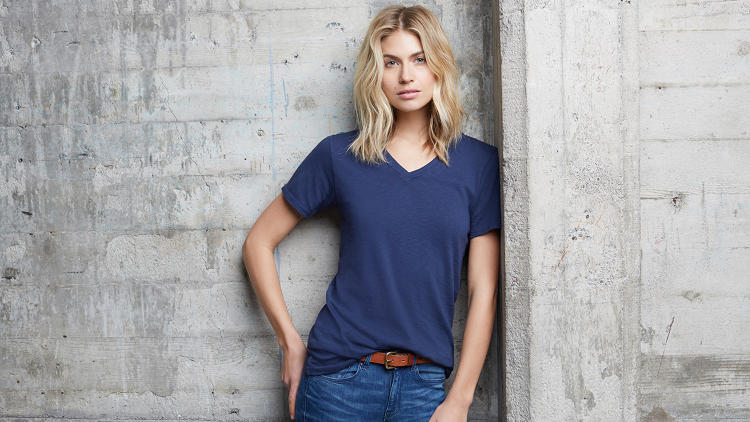
Creating the T-shirt was “both a design and manufacturing challenge.”

“Every sewer actually has their own unique qualities. It takes time to communicate the spirit of a shirt to them.”
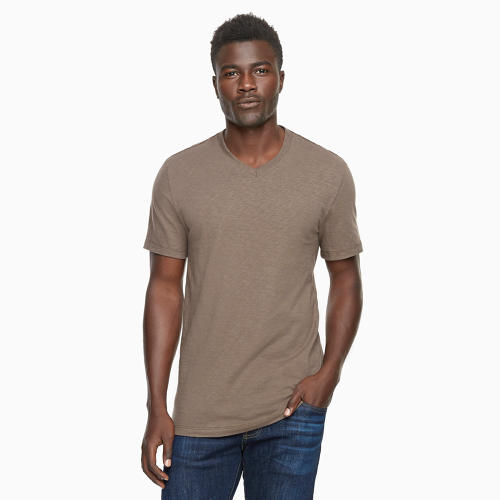
The shirts are available in a range of colors for both men and women.
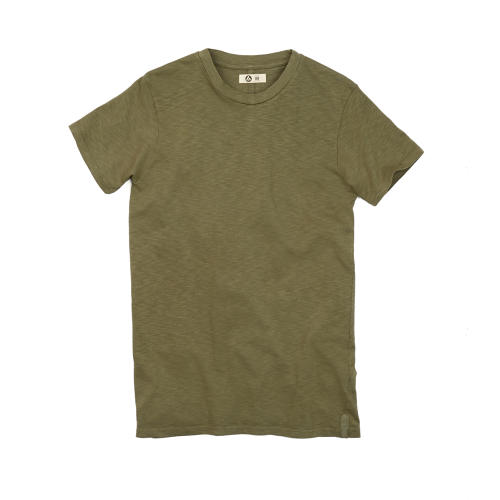
V-necks and crews cost $34.50.
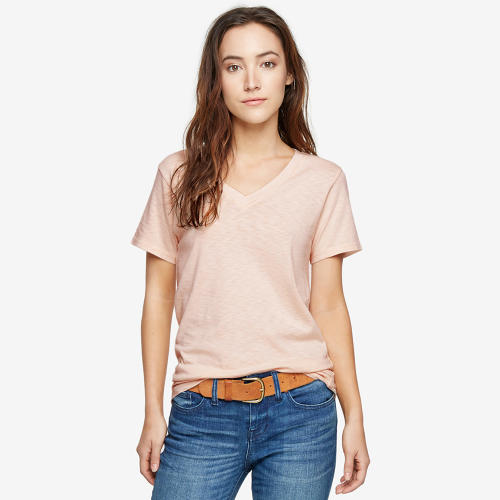
The material looks airy, but is thick enough that it doesn’t require an undershirt or a camisole.

American Giant worked with mills to create the exact slub texture they wanted, with exactly the right yarns and knits.
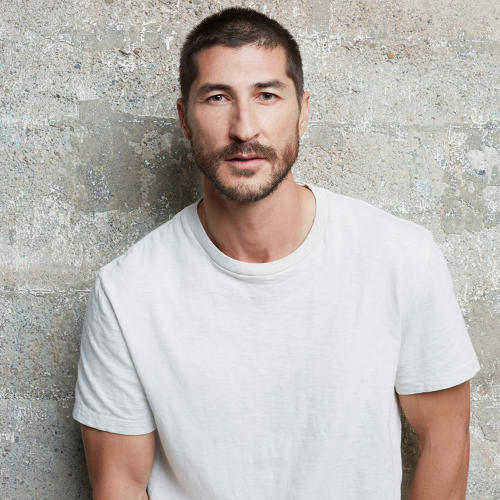
The company also has its own factories in North Carolina where the sewing is done.

American Giant’s new T-shirt
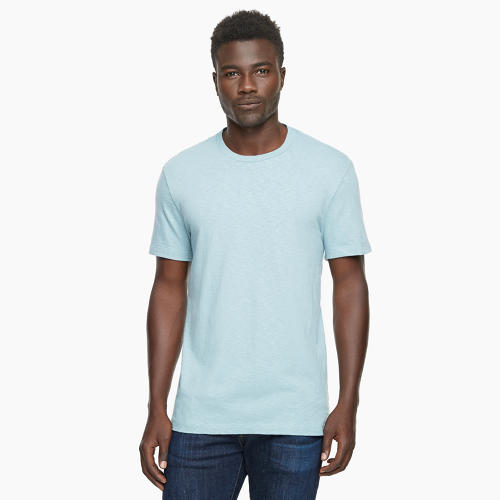
The team developed an extra seam at the back of the shirt, which ensures that the fabric doesn’t bunch up or fall in an ugly way.
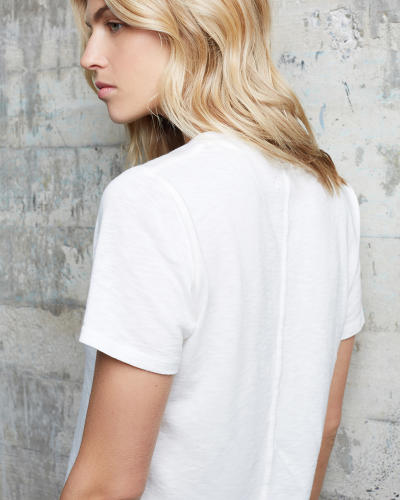
Fast Company , Read Full Story
(49)













